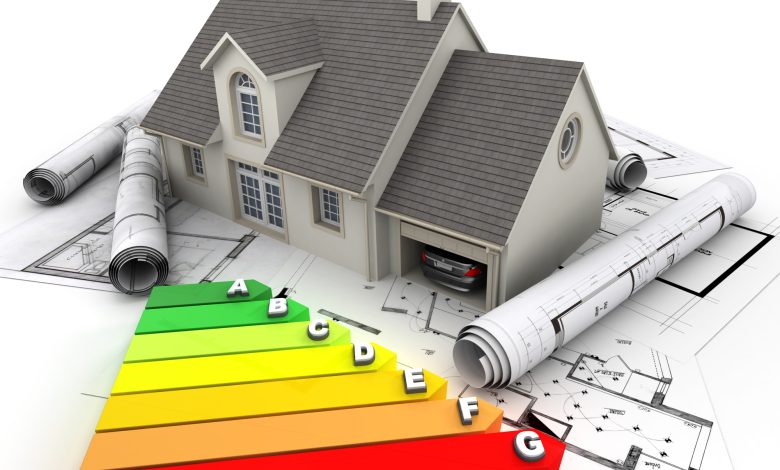Update of the Energy Performance Buildings Directive: EESC green light
Among the news to improve the energy performance of buildings, the passport of renovation and updating APE
(Sustainabilityenvironment.com) – The European Economic and Social Committee (EESC) backs the Commission’s proposal to update the Energy Performance of Buildings Directive.
The new rules will meet the key challenges of recent years by providing valuable tools against energy poverty. It will also remedy the long-term structural underinvestment in the building sector by first investing in the renovation of inefficient buildings by introducing the “renovation passport”. The new provisions will introduce Europe-wide minimum standards for the energy performance of buildings and new requirements for performance certificates.
Last December 2021, in fact, the European Commission e proposed a revision of the Energy Performance of Buildings Directive (EPBD). An intervention is now necessary to adapt the regulatory framework to the objective of the European Green Deal of decarbonization by 2050.
In fact, the EPBD follows the strategy of the Renovation Wave, which would like to double the annual rate of energy renovation of buildings by 2030.
But updating the directive also means improving the quality of social support at a time of rising prices and deep inequalities.
A strategy to alleviate energy poverty
Obviously the pandemic, war in Ukraine and rising material and energy prices have tipped the balance.
Therefore, in order to combat energy poverty, it is essential to improve the energy performance of buildings.
In 2018, 6.8 percent of EU residents, some 30.3 million, were unable to keep up with utility bills. And the latest developments have only made the situation worse. The solution is concrete, long-term EU-wide measures to ensure safe, decent and affordable housing for all. Move away from fossil fuels for heating and cooling. An energy source that will only become more expensive with the rising costs of the EU Emissions Trading System (EU ETS) allowances.
Tangible measures to improve the energy efficiency of the construction industry
In the EESC’s view, there are three targeted actions on which the directive will have to invest in the first place.
- Introduce minimum energy performance standards, especially for more energy-intensive residential buildings. Each Member State must then decide at the national level what to do about the rest of the building stock.
- Strengthening the requirements on EPAs (Energy Performance Certificates). Switch to a digital format, increase the content details and make the calculation methods more accurate and uniform.
- Create a “renovation passport” of buildings by 2024. This will allow consumers easy access to information and lower prices when planning for the renovation. For the time being, however, the Directive does not provide for the requirement to have a passport.
Commenting on the adoption of the document, the rapporteur Mordechaj Martin Salamon said “
The EESC wholeheartedly welcomes the EU approach as it boosts renovation of especially the worst-performing buildings and sets the European Union on a path of decarbonised heating and cooling: measures at EU level are more efficient in accelerating the necessary transition
“.
The goal is therefore to promote building renovation by increasing the number of projects and the depth of renovations. Resulting in an energy-efficient and decarbonized building stock by 2050. All this through more accessible and affordable financing under the Recovery and Resilience Plans, using the EUR 750 billion in funds from the Recovery Package.






